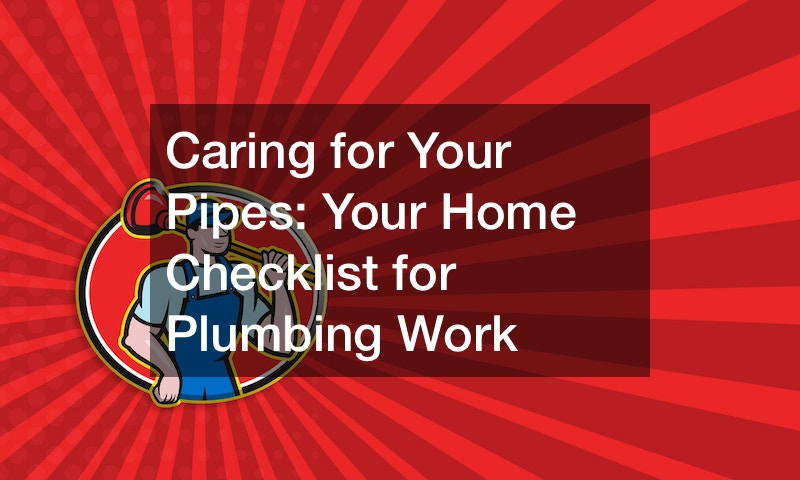Caring for Your Pipes: Your Home Checklist for Plumbing Work
Maintaining your home as a homeowner requires more than simply paying your mortgage on time and ensuring no major damage has been done to the exterior of your property. Knowing how to properly maintain your home’s plumbing work is essential to minimize the risk of a potential clog, backup, or a major flood in the […]









